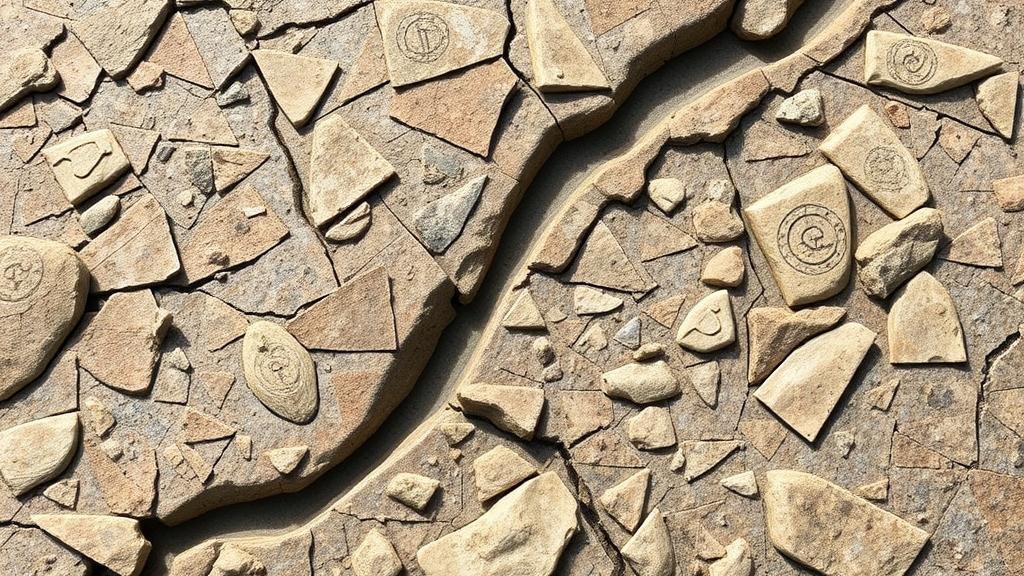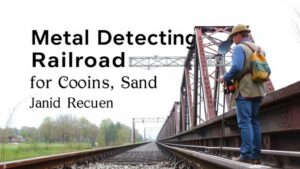How to Read Glacial Movement Patterns for Displaced Artifacts
How to Read Glacial Movement Patterns for Displaced Artifacts
The study of glacial movement patterns offers valuable insights into the earths climatic changes, geological structures, and the movement of artifacts over time. Understanding how glaciers transport and displace artifacts is crucial for archaeologists, geologists, and anthropologists. This article will delve into the various aspects of glacial movement and its implications for artifact displacement.
Understanding Glacial Movement
Glacial movement, or glacial flow, is a complex process influenced by various factors, including gravity, temperature, and the mechanical properties of ice. Glaciers are not static; they continuously deform and flow in response to these elements, creating distinctive movement patterns. The two primary types of glacier movement are:
- Internal Deformation: This occurs when the ice itself deforms due to stress, creating a flow that is primarily governed by the glaciers intrinsic properties.
- Basal Sliding: This involves the glacier sliding over the bedrock, facilitated by meltwater that reduces friction at the base.
By studying these movement patterns, researchers can infer how glaciers transport material–including artifacts–over time. The rate of movement can vary significantly, with some glaciers advancing or retreating centimeters per day, while others may move only millimeters. Understanding these dynamics can shed light on how and where artifacts may be found.
Reading Movement Patterns
Reading glacial movement patterns involves a combination of field observations, remote sensing, and modeling techniques. Each methodology provides complementary information that contributes to a comprehensive understanding of how artifacts are displaced.
Field Observations
Field studies of glaciers enable researchers to directly observe crevasses, moraines, and other features indicating glacial flow. For example, the presence of streamlined landforms can indicate the direction of movement. Investigators often track the displacement of prominent features or debris and record any artifacts discovered along the way. For example, the findings in Kaktovik, Alaska, where stone tools were found in association with glacial features, suggest a significant displacement of materials over time.
Remote Sensing Techniques
Remote sensing technologies–such as satellite imagery and aerial photography–provide broader perspectives on glacial movement. These techniques allow for the analysis of extensive glacier systems across vast areas. For example, the use of radar imagery has enabled scientists to study ice flow dynamics in regions like Greenland, revealing patterns of ice movement that correlate with sediment transport.
Modeling Glacial Dynamics
Computer models, such as those based on the finite element method, simulate glacial flow and predict displacement patterns. These models integrate data from field studies and remote sensing to provide a dynamic view of how glaciers behave over time. Understanding these models aids in predicting future movements and recognizing areas where artifacts might be situated due to past glacial behaviors.
Case Studies
Several significant case studies illustrate how glacial movement patterns influence artifact displacement. One notable example is the discovery of prehistoric stone structures in Norway, which were found embedded within glacial till. This indicates that the artifacts were not merely left in their original locations but were transported over considerable distances due to glacial action.
Another profound case emerges from the Arctic Circle, where researchers discovered remnants of ancient human settlements that were displaced by advancing glaciers. In this context, understanding the directional movement of glaciers becomes crucial, as it reveals where cultural artifacts might now reside, having been transported far from their original contexts.
Implications for Archaeological Research
The implications of understanding glacial movement patterns for archaeologists are manifold. A key consideration is that artifacts are often not found in isolation but rather within stratigraphic contexts that could provide essential information about their age and use. So, knowing the glacial history of a region allows researchers to interpret these contexts more accurately.
Plus, as climate change continues to impact glacial systems, archaeologists must adapt their strategies for locating and preserving displaced artifacts. The increasing rate of glacier retreat means that areas previously covered by ice will become accessible, presenting both opportunities and challenges for research.
Actionable Takeaways
- Use both field observations and remote sensing data to gain a comprehensive understanding of glacial movement patterns.
- Stay informed about advancements in computer modeling techniques for simulating glacial dynamics.
- Collaborate with geologists and glaciologists for interdisciplinary research that enhances archaeological methodology.
- Be proactive in monitoring climate change impacts on glacial systems to anticipate potential artifact discoveries.
Ultimately, the ability to read glacial movement patterns not only enriches our understanding of geological processes but also plays a pivotal role in the retrospective understanding of human history, providing a deeper insight into how societies have interacted with their changing environments.



